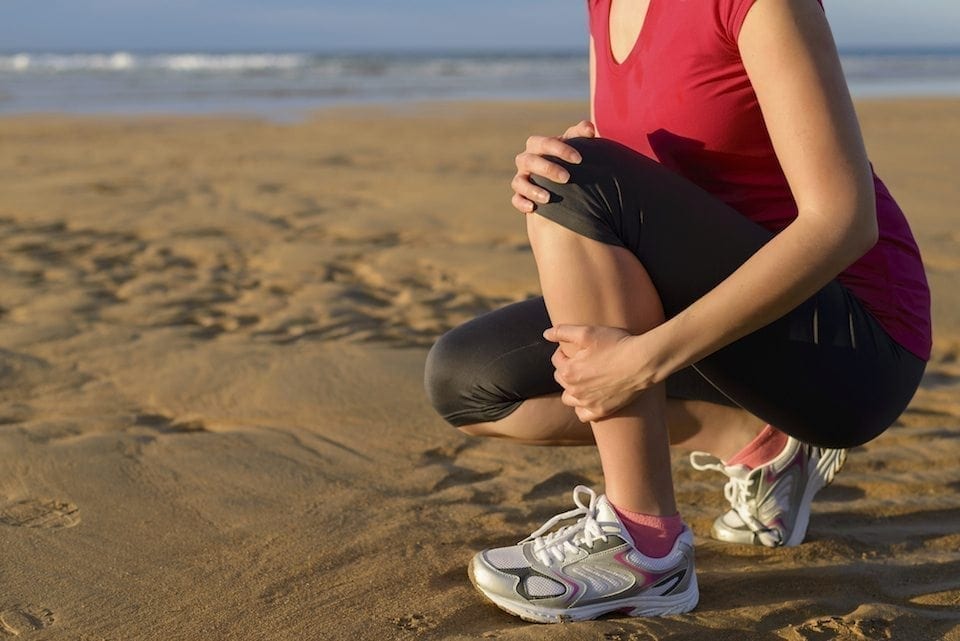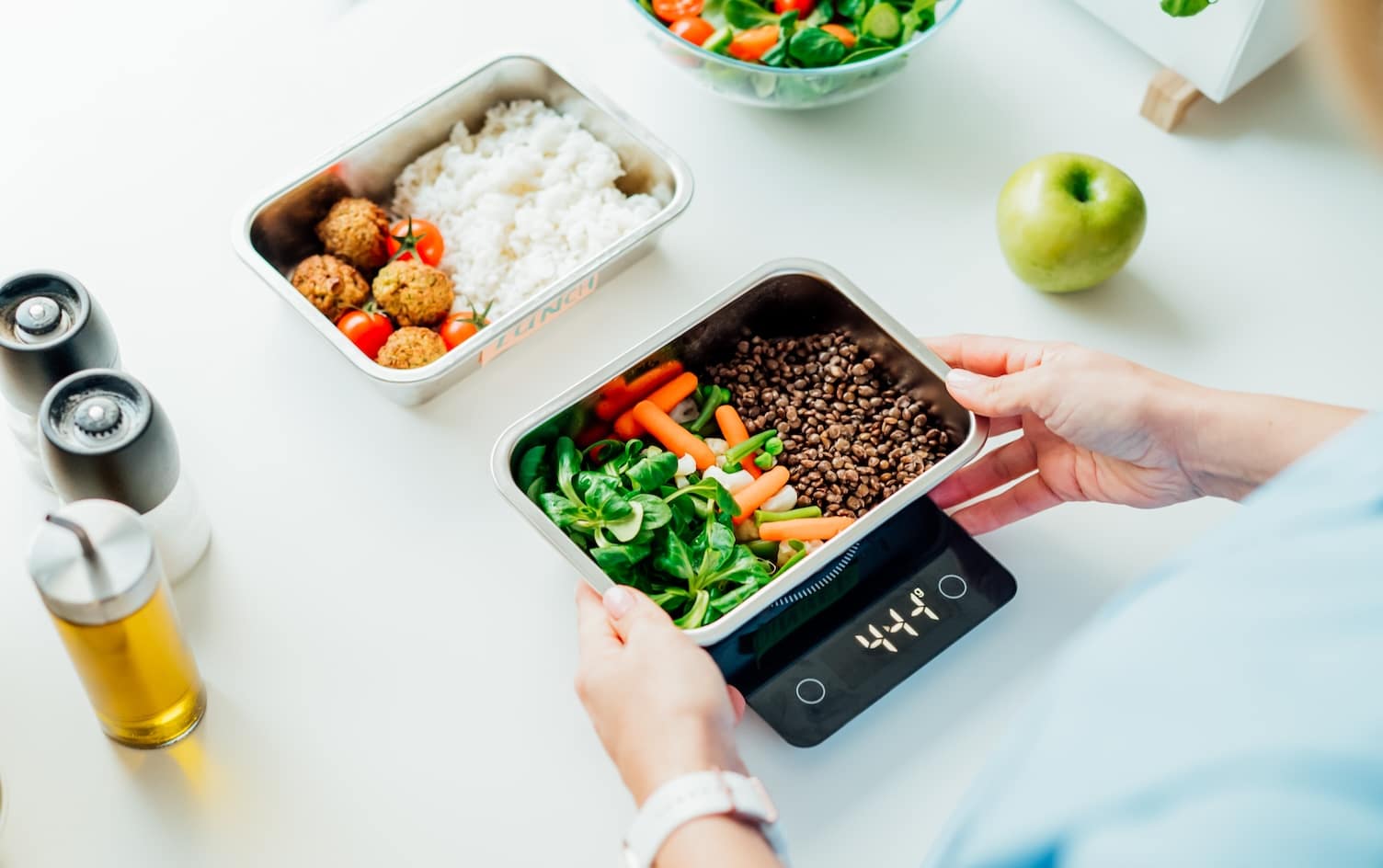Q. I went on a long hike and now my shins are killing me. Help!
It sounds to me like you have shin splints. Now, keep in mind that “shin splints” is a very general term used to describe pain in your shins. But since pain in your shins can be caused by a variety of reasons, it needs to be treated in different ways.
Pain is your body’s way of telling you something isn’t right. Start by listening to what your body is saying to figure out the type of pain you have. If your pain is…
Sharp, more localized This could indicate a stress fracture, and you should go see your doctor.
Dull, over a large area The source is likely inflammation caused by overuse of your shin muscles, the posterior tibialis and anterior tibialis.
The classic prescription for inflammation is ice and rest, but this isn’t dealing with the underlying cause of your pain. Icing isn’t going to stop the pain from coming back the next time you go on a hike.
So what do you do to keep it from happening again? You need to create balance in your body by creating mobility where you are restricted and strength where you are weak.
The posterior and anterior tibialis work together to pull your foot up and push it down with each step: dorsiflexion and plantar flexion. They also work to invert the foot (move your foot in). If these muscles are tight and unable to function properly, you will end up with pain anytime you go for a walk, run, or, in this case, hike.
You can bet the tightness doesn’t end in your shins. I would guess you also have tight hip flexors, quads, and glutes. These muscles act as stabilizers to your posterior and anterior tibialis, and when they aren’t working properly it can contribute to the tightness in your shins.
Create mobility from the waist down, break up tightness, and take the pressure off of your shins with these five muscle-release moves before your next hike or workout.
1. Glute release Put a lacrosse ball in the tightest part of your glute, and then sit down, placing your body weight on the ball. Roll the ball over the muscle by moving your knee side to side until you can feel the tightness break up.
2. Shin release Use a foam roller on your shins and calves. You can release your anterior tibialis by finding the tightest part of your calves and pointing and flexing your foot up and down as you roll your leg over the foam roller.
3. Calf release Work out your calves with a foam roller, or use lacrosse ball if you want to get more specific. Again, find the tightest part of your shins and point your toes, then flex your foot. Repeat as you roll up and down, and then turn your toes in and continue to roll.
4. Foot release While standing, place a lacrosse ball in the arch of your foot and roll your foot back and forth.Find the tightest spot in your foot and point and flex your toes up and down as you press firmly.
5. Functional warm-up A functional warm up includes activation exercises, such as inner thigh squats and lunges. It will turn on your muscles before activity, making sure your body is working efficiently and not relying too much on just your shin muscles.
Be proactive and pay attention to the warning signs your body is giving you. Tightness is a precursor to pain. If you are feeling tight, roll out and release your muscles to ease soreness and regain mobility. Keep up this routine even when you start to feel better—don’t wait for pain when there are things you can do to prevent it.




